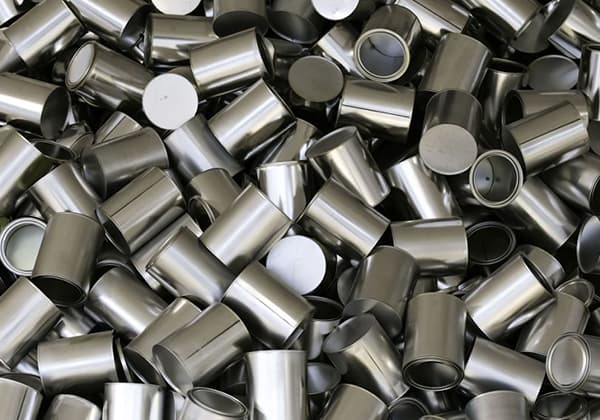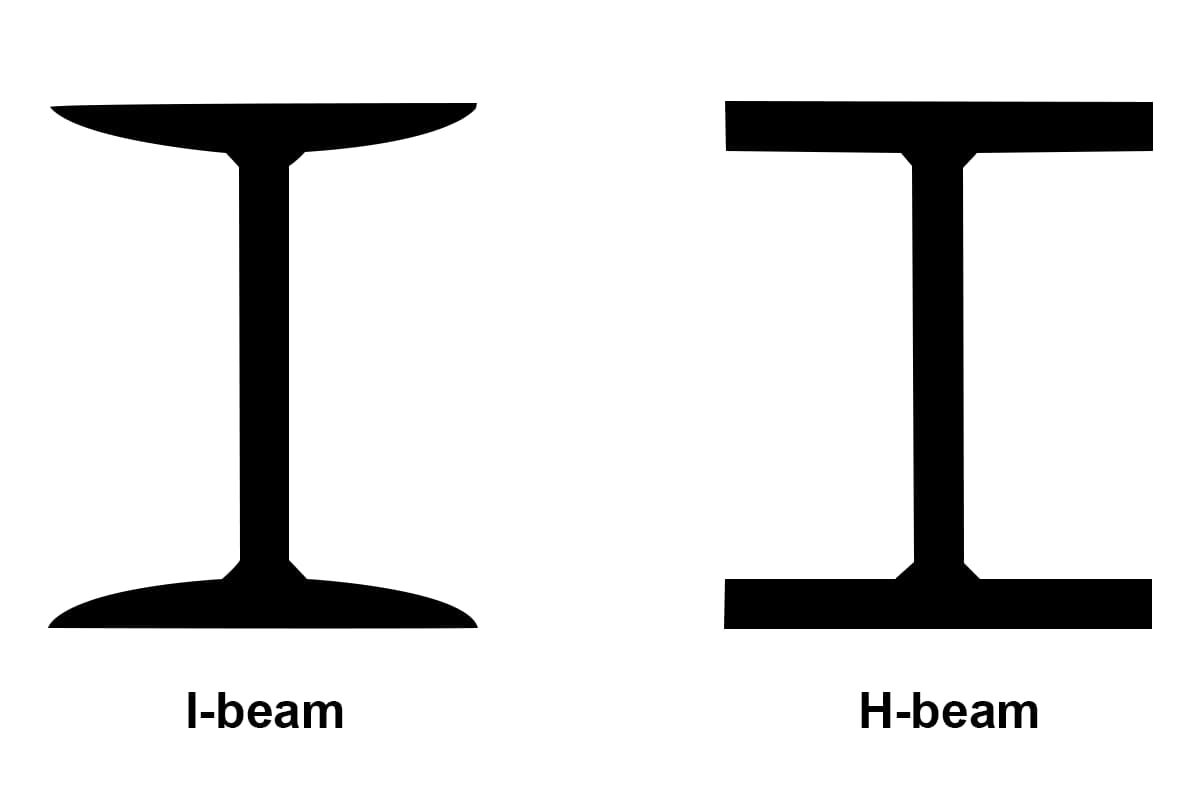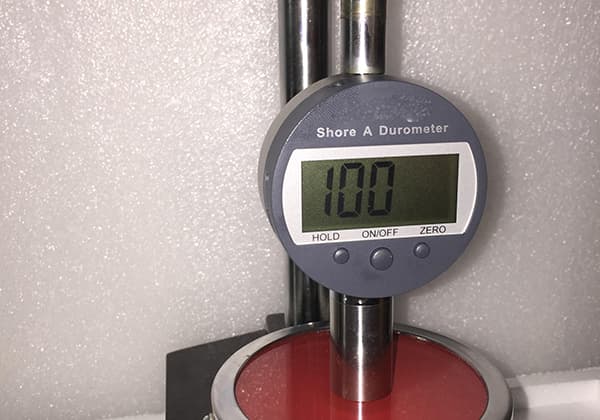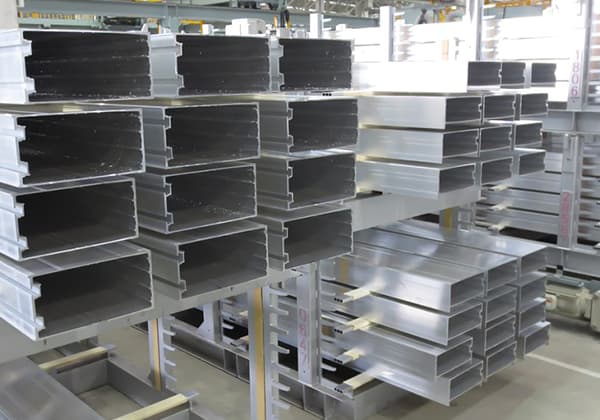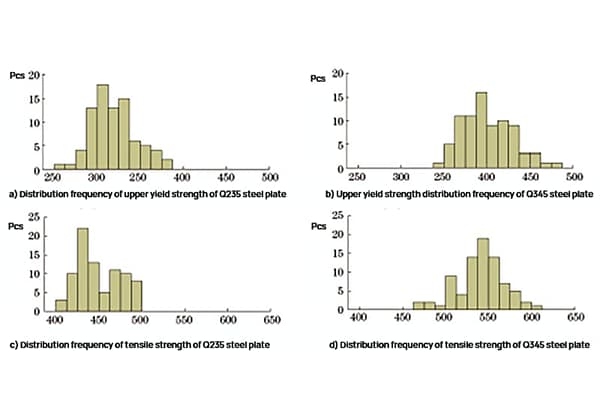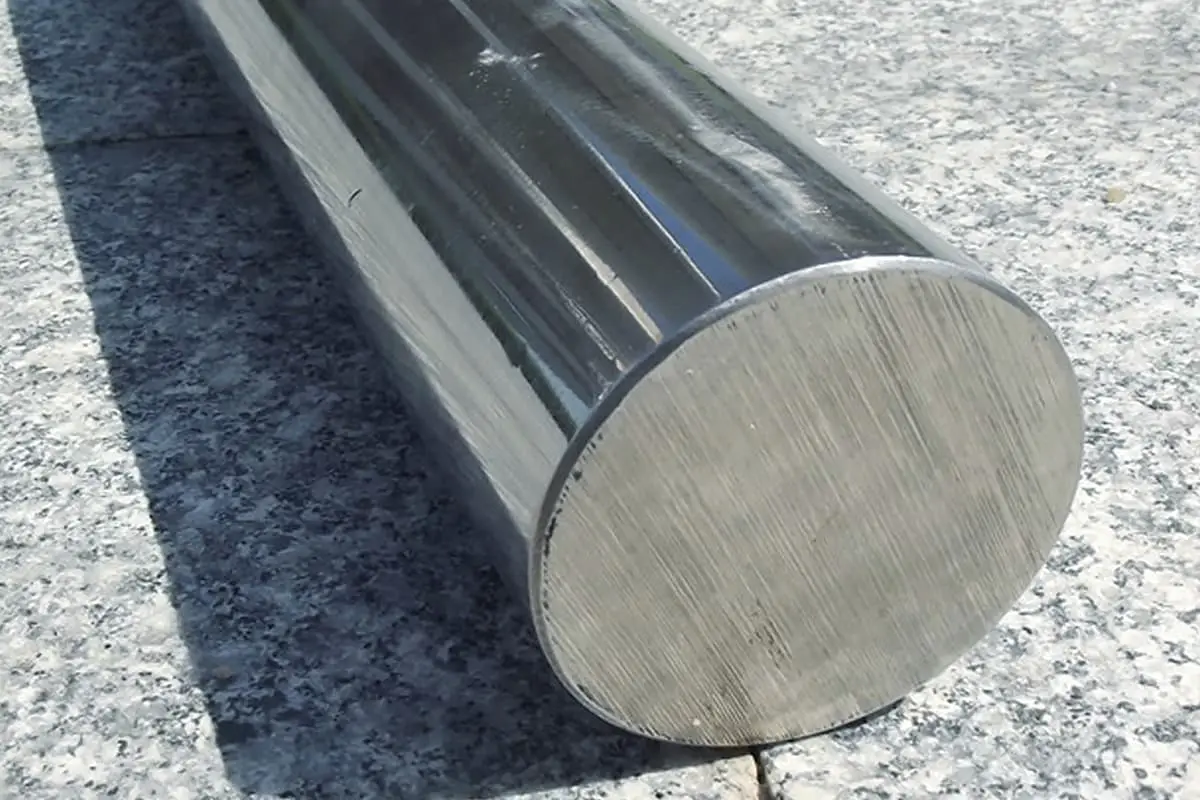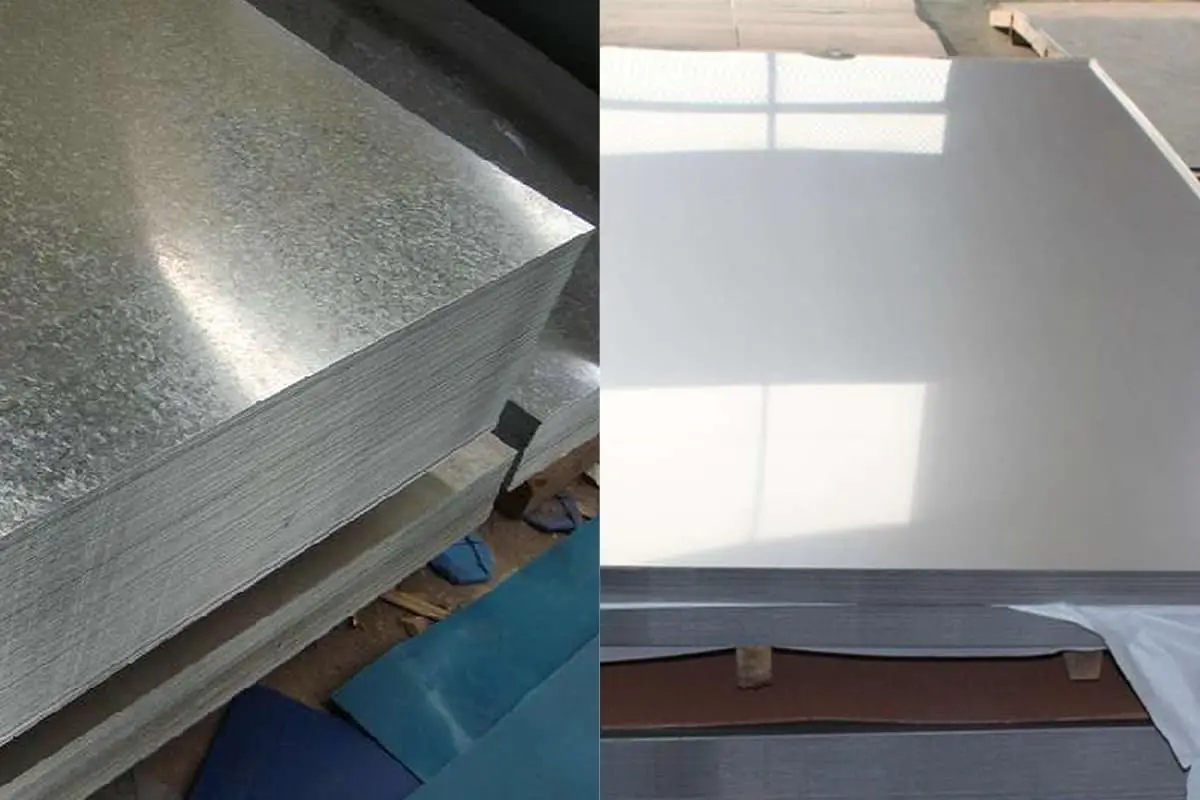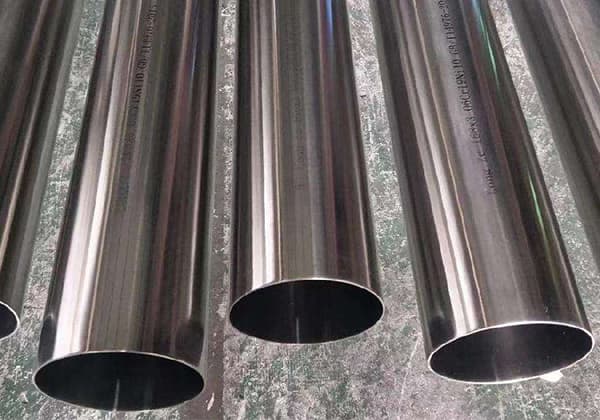
Why do some stainless steels cost more and last longer than others? Dive into the comparison between 201 and 304 stainless steel to uncover their differences in composition, quality, and applications. Learn how factors like nickel and chromium content influence their corrosion resistance and suitability for various environments, ensuring you make informed choices for your projects.
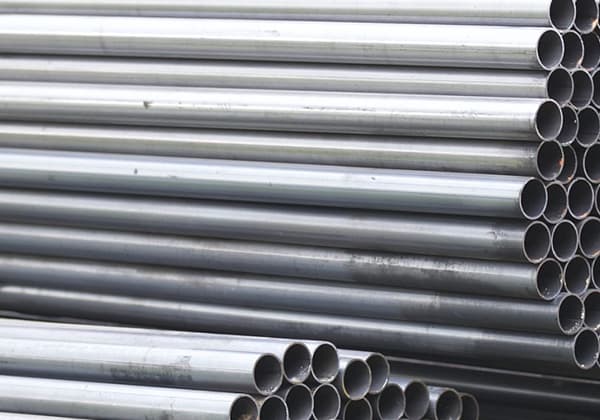
The main differences between stainless steel 201 and 304 are as follows:
| Steel Grade | C | Si | Mn | P | S | Cr | Ni | Mo | Cu |
| AISI(304) | ≤0.08 | ≤1.00 | ≤2.00 | ≤0.045 | ≤0.03 | 18 | 20 | 8 | 10 |
| AISI(201) | ≤0.15 | ≤1.00 | 5.5-7.5 | ≤0.05 | ≤0.03 | 16 | 18 | 3.5 | 5.5 |
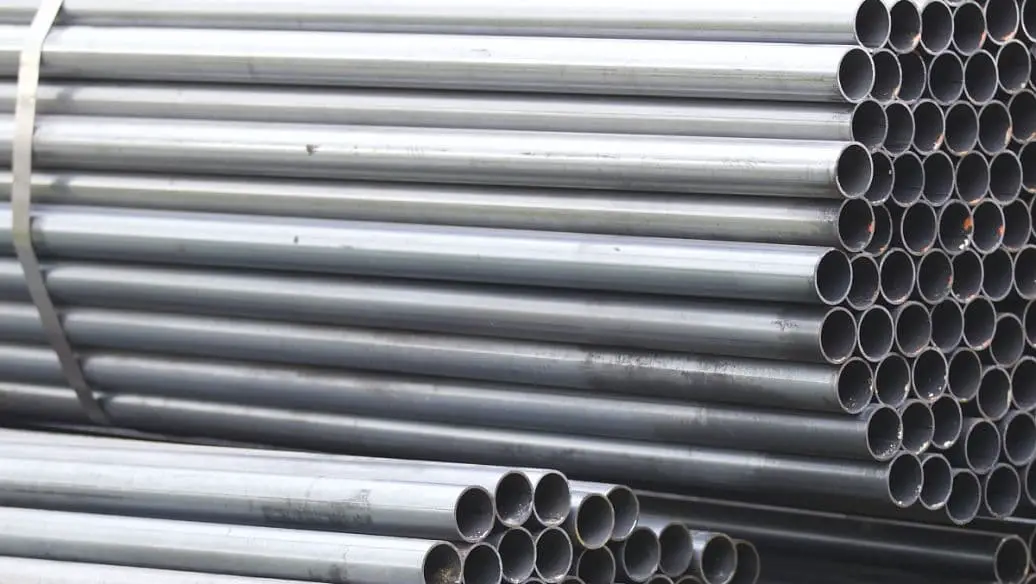
The dual nature of carbon in stainless steel
Carbon is one of the main elements in industrial steel. The properties and structure of steel are largely determined by the form of carbon in it.
In stainless steel, the influence of carbon is extremely significant. The impact of carbon on the structure of stainless steel is mainly manifested in two aspects.
On the one hand, carbon is an element that stabilizes austenite and has a large effect (about 30 times that of nickel). On the other hand, due to the high affinity between carbon and chromium, a series of complex carbides are formed with chromium.
Therefore, from the perspective of strength and corrosion resistance, the role of carbon in stainless steel is contradictory. By understanding this impact law, we can select stainless steel with different contents based on different usage requirements.
The role of nickel in stainless steel only comes into play when it is combined with chromium.
Nickel is an excellent corrosion-resistant material and an important alloying element in steel. Nickel is an element that forms austenite in steel, but in low-carbon nickel steel, the nickel content must reach 24% to obtain a pure austenite structure, and it is only when the nickel content reaches 27% that the corrosion resistance of steel in certain media is significantly improved.
Therefore, nickel cannot constitute stainless steel alone. However, when nickel and chromium coexist in stainless steel, nickel-containing stainless steel has many valuable properties.
Based on the above situation, the role of nickel as an alloying element in stainless steel is to change the structure of high-chromium steel, thereby improving the corrosion resistance and process performance of stainless steel.
Manganese and nitrogen can replace nickel in stainless steel.
The role of manganese in austenitic steel is similar to that of nickel. Manganese does not contribute to the formation of austenite, but rather lowers the critical quenching speed of steel and increases the stability of austenite during cooling. It also suppresses the decomposition of austenite, allowing the austenite formed at high temperatures to be retained at room temperature.
However, manganese has limited effect on improving the corrosion resistance of steel. Even when the manganese content in steel ranges from 0 to 10.4, it does not cause significant changes in the corrosion resistance of steel in air or acid. This is because manganese does not significantly increase the electrode potential of iron-based solid solutions, and the protective effect of the oxide film formed is also low.
Therefore, although austenitic steel can be alloyed with manganese in industry, it cannot be used as stainless steel. The stabilizing effect of manganese on austenite in steel is half that of nickel, and the effect of 2% nitrogen in steel is even greater than that of nickel in stabilizing austenite.
Adding titanium and niobium to stainless steel is to prevent intergranular corrosion.
Molybdenum and copper can improve the corrosion resistance of certain types of stainless steel.
Type 201 has poor acid resistance and is usually used in indoor, dry and ventilated places; while type 304 has good acid resistance and is generally used outdoors or in humid environments.

